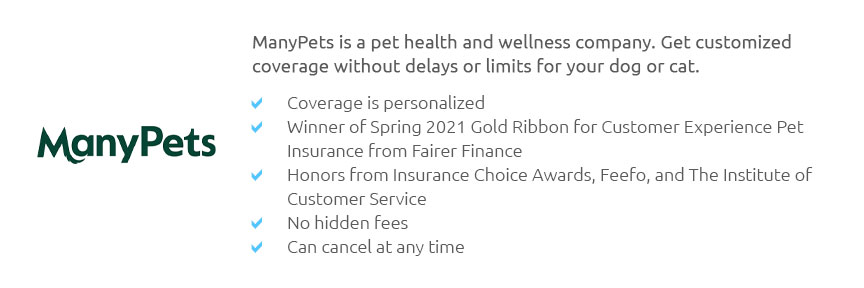 |
 |
 |
 |
 |
 |
|
 |
|
 |
|
 |
|
 |
|
 |
 |
 |
 |
 |
 |
 |
 |
Understanding Pet Insurance for Dogs: A Comprehensive GuideIn recent years, pet insurance for dogs has become an increasingly popular choice among pet owners seeking to safeguard their furry companions' health and well-being. With the rising costs of veterinary care, many dog owners are turning to pet insurance as a viable solution to manage unexpected medical expenses. This article delves into the intricacies of pet insurance for dogs, offering insights into how it works, its benefits, and factors to consider when choosing a policy. At its core, pet insurance functions similarly to human health insurance. Policyholders pay a monthly or annual premium to their chosen insurance provider, and in return, they receive coverage for a variety of veterinary services. The extent of coverage depends largely on the specific policy and provider, with options ranging from basic accident coverage to comprehensive plans that include routine check-ups, vaccinations, and even alternative therapies. One of the primary benefits of investing in pet insurance is the peace of mind it offers. Knowing that a significant portion of veterinary bills will be covered allows dog owners to make healthcare decisions based on what's best for their pet rather than financial constraints. Moreover, with many policies offering coverage for emergencies, surgeries, and chronic conditions, the financial burden of unexpected illnesses is significantly alleviated. When selecting a pet insurance policy, it's crucial to evaluate several key factors. First and foremost, potential policyholders should consider the coverage options available. Some policies may cover only accidents and emergencies, while others might include preventative care such as dental cleanings and flea prevention. Understanding the specifics of what's covered and what's excluded is vital to ensuring that the chosen policy aligns with the pet's healthcare needs.
It's worth noting that pet insurance does not typically cover pre-existing conditions. Therefore, insuring dogs at a young age, before any chronic issues arise, can be advantageous. Additionally, many insurers offer discounts for insuring multiple pets, which can be a cost-effective option for households with several furry members. While some critics argue that pet insurance can be an unnecessary expense, especially for healthy dogs, the financial security it provides in the face of unforeseen medical emergencies cannot be understated. For many pet owners, the decision to invest in pet insurance is not merely a financial one but a commitment to ensuring that their beloved canine companions receive the best possible care throughout their lives. In conclusion, pet insurance for dogs is a valuable tool for managing veterinary expenses and ensuring access to quality healthcare. By carefully evaluating policy options and understanding the terms and conditions, dog owners can make informed decisions that best meet their pet's needs and their own financial circumstances. As the trend towards pet insurance continues to grow, it becomes increasingly clear that investing in the health of our pets is an investment in their happiness and longevity. https://www.progressive.com/pet-insurance/
Accidents and illnesses. Companion Protect and Pets Best offer plans that cover both injuries and illnesses, no matter how serious. These comprehensive plans ... https://www.petsbest.com/
Pets Best offers pet insurance plans for dogs and cats covering up to 90% of your unexpected veterinary costs with no annual or lifetime payout limits and ... https://www.petco.com/shop/en/petcostore/insurance
Our most popular coverage starts at around $90/month for two dogs, which includes a 5% multi-pet discount. Two cats on our most popular plan would cost about ...
|